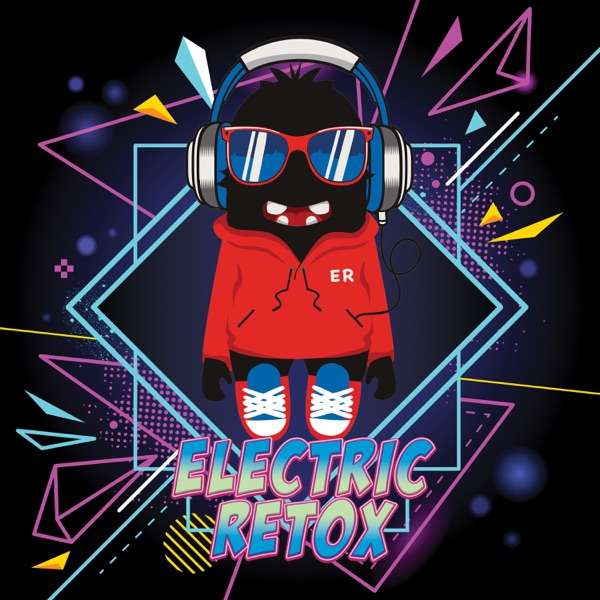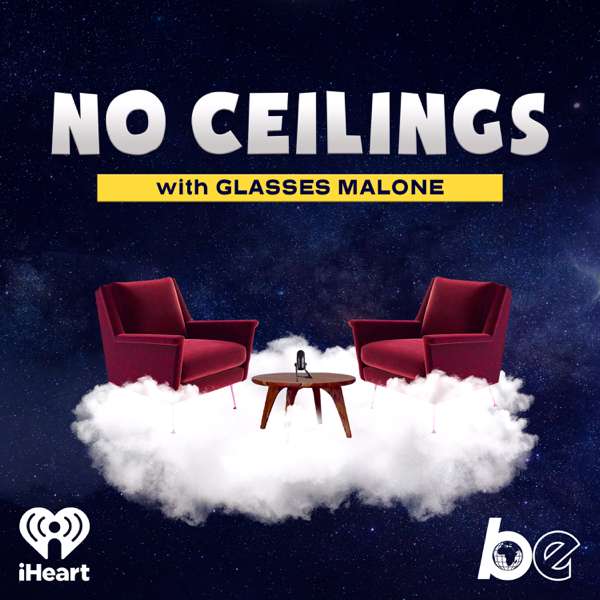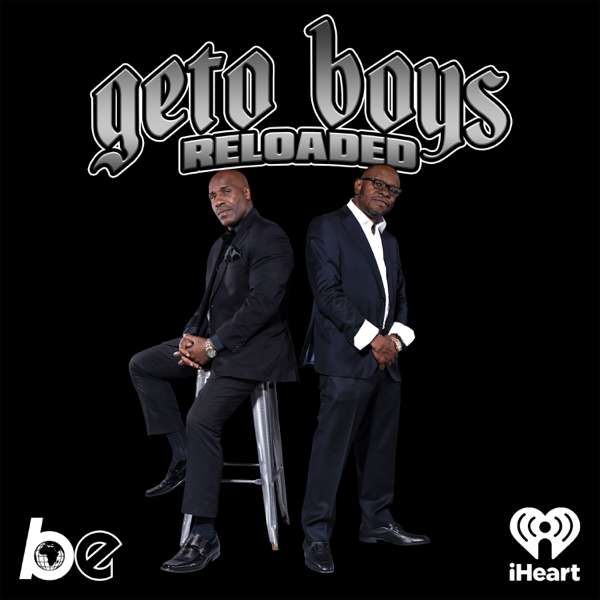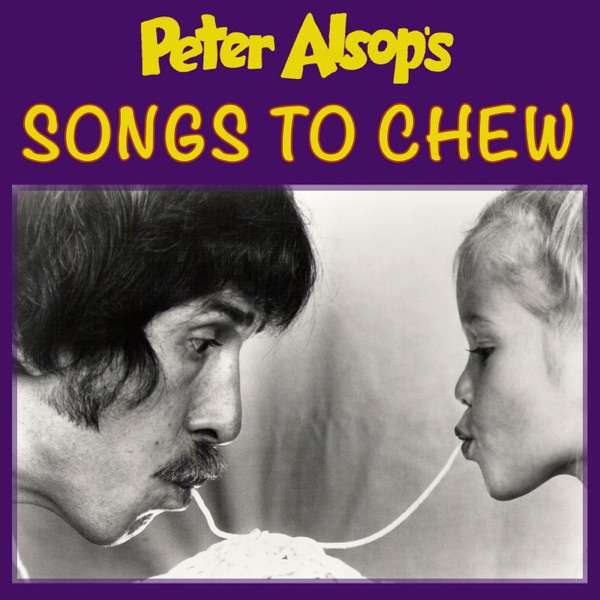Antranig Kzirian sits down with Becca Stevens, Ara Dinkjian, Ismail Lumanovski, and Tamer Pinarbaşi to discuss their new collaboration entitled "Becca Stevens and The Secret Trio".
2021 GRAMMY-nominated Becca Stevens was in awe witnessing The Secret Trio's performance at the GroundUP Music Festival a few years ago. The Secret Trio is made up of an oudist, kanunist and clarinetist who came together to create a new type of chamber music, combining the elements of sound, texture and rhythm with new and interesting approaches to their instruments. They perform original pieces and traditional melodies that fuse the microtonal modes and improvisation of the Middle East, dance beats of the Balkans, and elements of jazz, rock, classical and world music. The Secret Trio has played at the most prestigious venues throughout Turkey, including Cemal Reşit Rey Hall.
Michael League, Snarky Puppy bandleader and founder of GroundUP Music, wrote most of the songs with Becca for the Becca Stevens & The Secret Trio album along with producing it. The record focuses on blending Becca's effortless vocal talent and exquisite compositions with The Secret Trio's mastered musical traditions. Becca is a highly respected collaborator and has worked with the likes of David Crosby, Jacob Collier, Brad Mehldau, Esperanza Spalding, and more.
Topics include:
- Discussion of the project from the artists' perspective.
- Dinkjian comments that it's about music and people, and working with such talented individuals makes the music the easy part.
- Stevens enjoys playing with The Secret Trio (TST) and they all have a great relationship in the collaboration, having met in the studio after learning about each other at a festival in Florida.
- Dinkjian explains that Michael League flew to Turkey to see a TST concert and then invited TST to perform at the GroundUp music festival in Miami. Stevens was a performer at the same festival, and asked League for the "can't miss" set and League immediately mentioned TST – Stevens was blown away by the group, and her musician colleague Jamie Haddad said "that's your next band", and League arranged for them to all meet and plan a project to work together.
- Discussion of the dynamics of bringing different artists in a fusion collaboration together to meld their talents and work to put out new material.
- Dinkjian explained that the recording was a bit of a different experience and the tunes were being learned in the studio by TST, as Stevens and League had written several tunes – this was a departure for Dinkjian, as he writes, arranges and rehearses, and executes compositions in the studio, whereas this was more of a creative process unfolding in real-time in the studio, and this stretched out his experience on the oud and was an exciting situation and a gift for him to learn from working with Stevens – and Dinkjian's background is in some ways similar and different to the rest of TST's members as is of Armenian descent, but was also born in America.
- The objective was to make the music bigger with their instruments. Dinkjian notes the significance and example of the album "West meets East" by Yehudi Menuhin and Ravi Shankar, which was one of the first fusion records from back in the mid-1960s. In relation, this new style surfacing with Stevens was something to notice and experience for TST.
- Lumanovski explains that the album unfolding was quite natural. Melodically simple structures emerged and were easy for the group to incorporate and together they found a common feeling and fit to project in their performance. Lumanovski remarks that Western music has a different feel rhythmically and this was an exposure for the group and it was an essential part of the recording, but concedes that it was a challenge to reach that point.
- Discussion of "We Were Wrong" and the modal characteristics of the melody with contrasting vocals, and how this juxtaposition is not common in western music.
- Stevens remarked that League is a bassist and works with Snarky Puppy, and dabbles with other instruments, including the oud. League would send voice memos of ideas, and "We Were Wrong" was one of those ideas. Stevens describes it as pastoral and spacious and that it inspired her as she developed the melodies for that song, and the music video was the result of open requests on social media for clips of dancers from all over the world. Chris McQueen (Snarky Puppy) helped them by editing the video footage which gives the viewer the feel of comprehensively choreographed footage, along with footage overseas from Turkey for more of the "West meets East" vibe.
- Dinkjian explains that League initiated many ideas on the oud, and for Dinkjian as an oud player he observed League's approach as being quite different from his own, and the experience League provided for him was to broaden his work on the oud. Stevens notes that Charango, which is of Peruvian origin, and Ukelele are used on this track which gave it a mandolin, or harp-like sound toward the end of the track.
- Dinkjian notes that with Lumanovski and Pinarbasi, TST itself has a decent amount of experience playing western and classical music, and that the real new component of the project was Stevens and League and the specific flavor that they have, and they found their place in their world. Stevens loved the group when she discovered them, but she was especially fascinated with the kanun as she grew up listening to Appalachian folk music and is thus familiar with the hammer dulcimer. When Stevens learned that Pinarbasi plays the kanun differently than most with his fingers, it really stood out.
- Discussion of "The Eye" and the haunting oud counterpoint of the track. Stevens was inspired to discover and research poets from Armenia, Turkey, and Macedonia, and she found Nikola Madzirov and was drawn to his contemporary feeling. Through Lumanovski's contacts, they were able to locate this poet, who had just dealt with a harrowing case of covid. They were able to meet, and Madzirov was quite helpful and passionate about assisting the project, and was fascinated that Stevens had found an unpublished poem of his to use for a song.
- Discussion of "California", which Dinkjian believes is the "least out" of the album's tracks. Paul Curreri wrote "California" and Stevens has been a fan of his and she kept this in mind for the record and League chose this song to be included, and Stevens notes this track is a bit of a "wild card" that stands apart from the other songs But this also led to a marriage of the sound between Stevens and TST, and her role on the guitar ties things together a bit more on this track, and "California" is a bit more folky and than the rest of the record.
- The album came out on 9/17, and the album release show was 9/13, so the group is in the midst of rehearsals and preparation and they are looking for more opportunities to continue with the project.
- Dinkjian explains that Stevens has a following in Europe and TST does as well, so they hope to take this throughout the world as an example of music to promote the project.
- Dinkjian notes that oud players are trained to make the singer as comfortable as possible, so he would bring two ouds to accommodate the vocalist.
- The group's song "Bring it Back" is featured at the end of the interview.

 Our TOPPODCAST Picks
Our TOPPODCAST Picks  Stay Connected
Stay Connected







